dragon vein
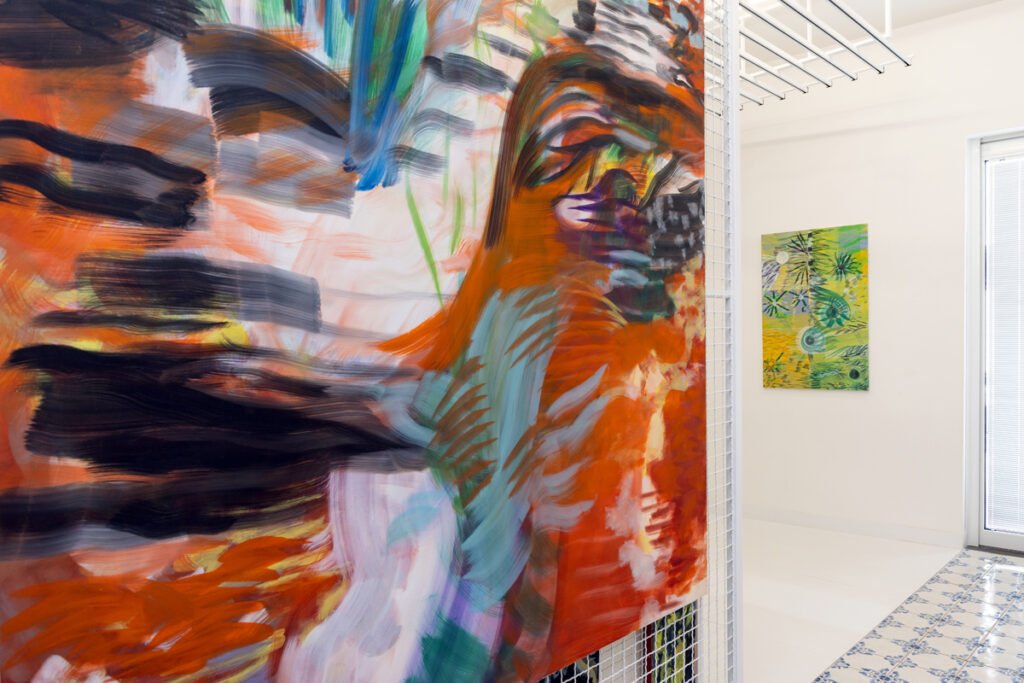
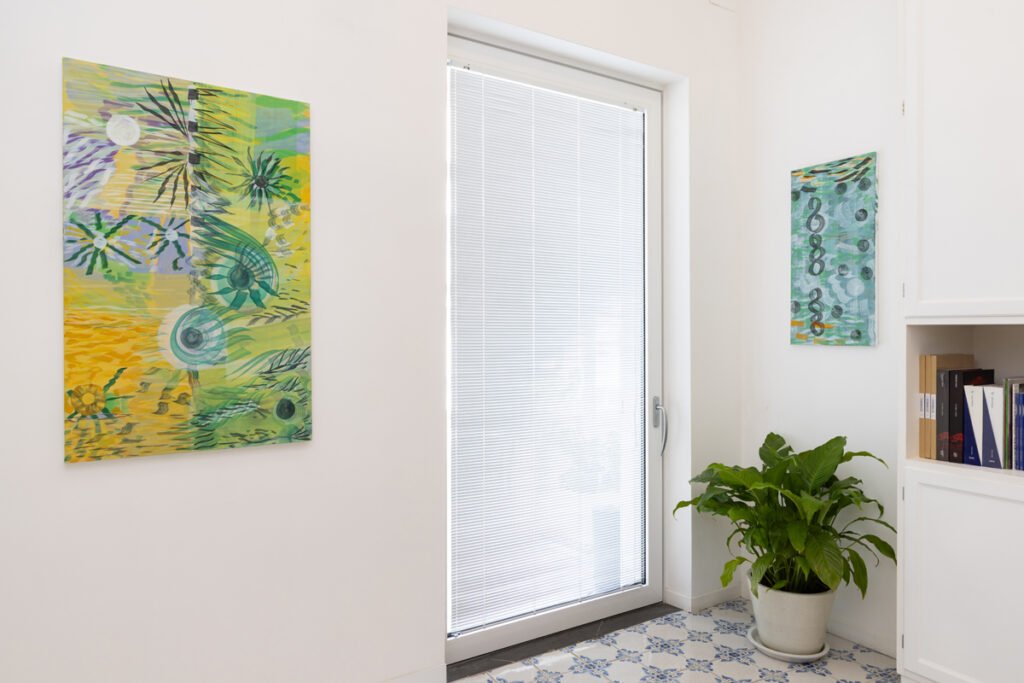

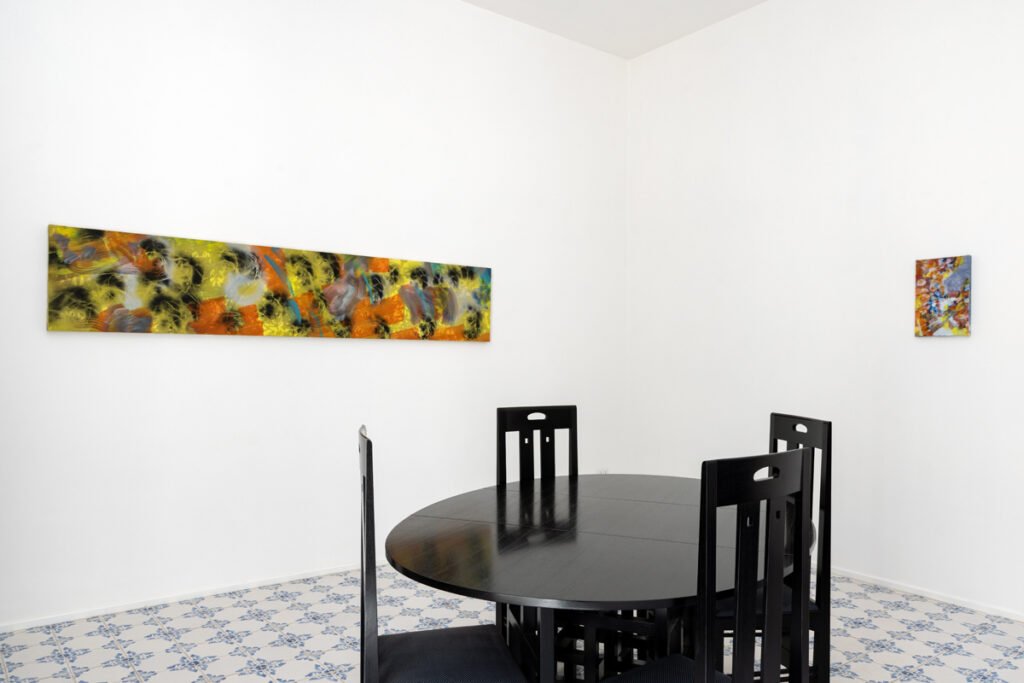

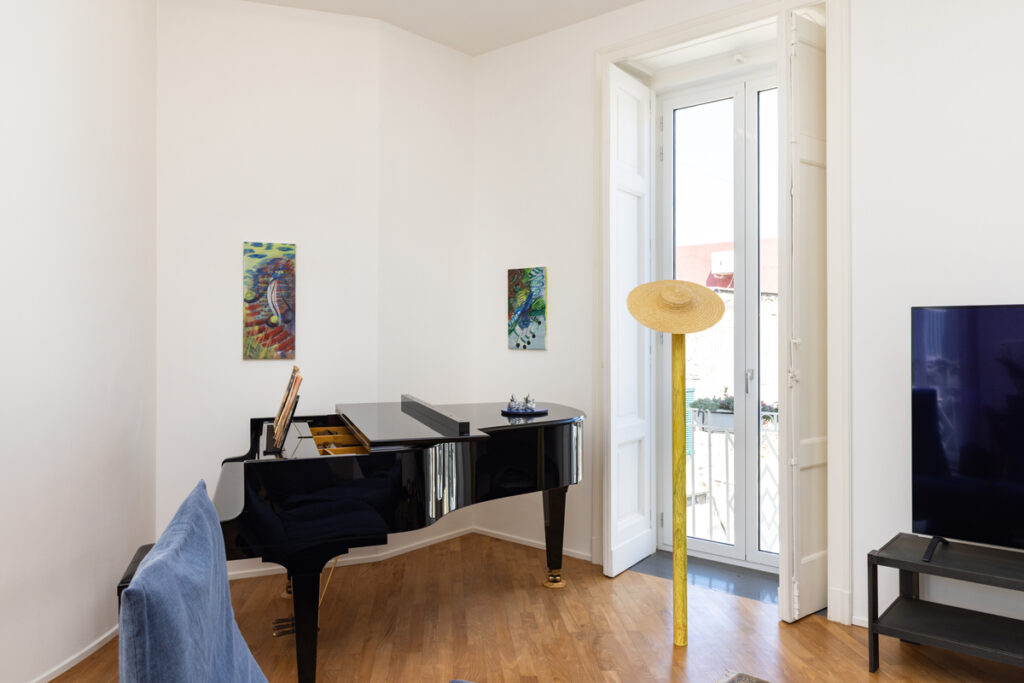

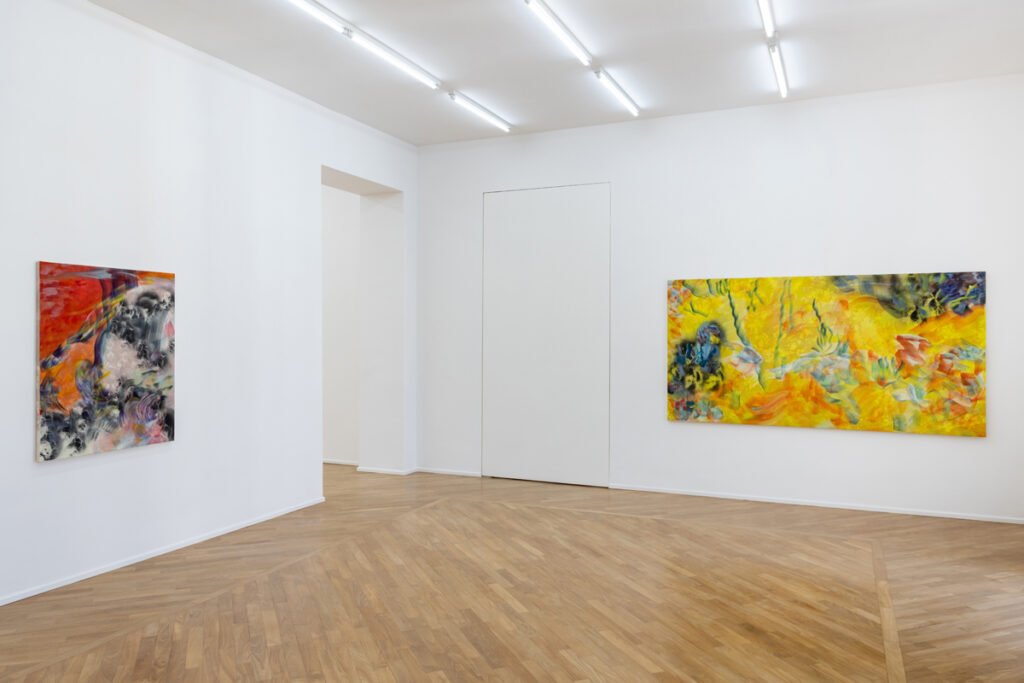
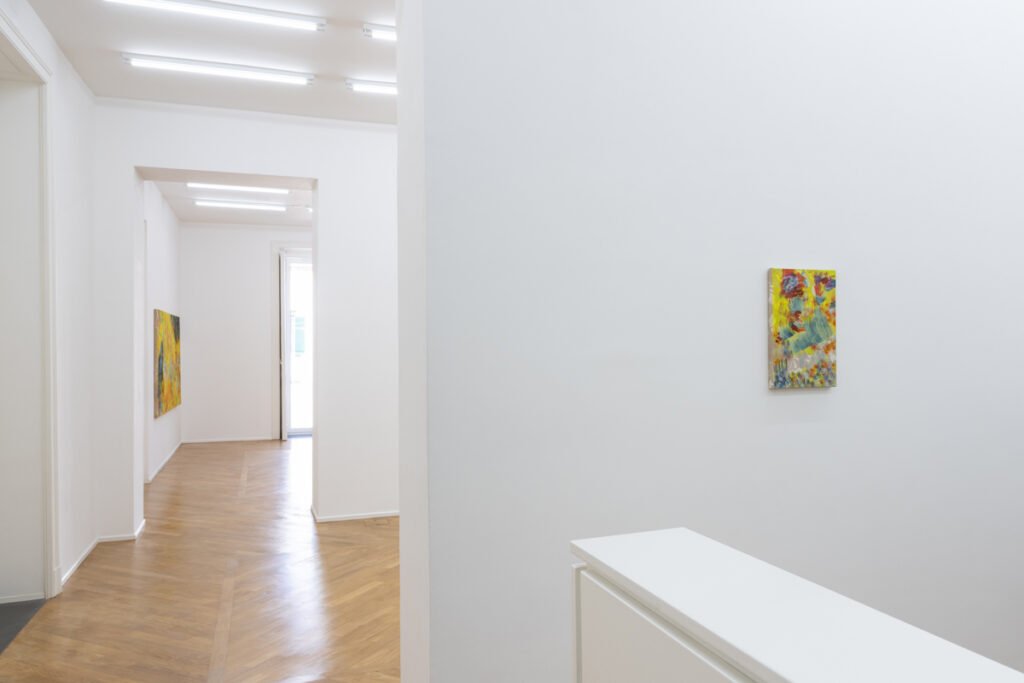
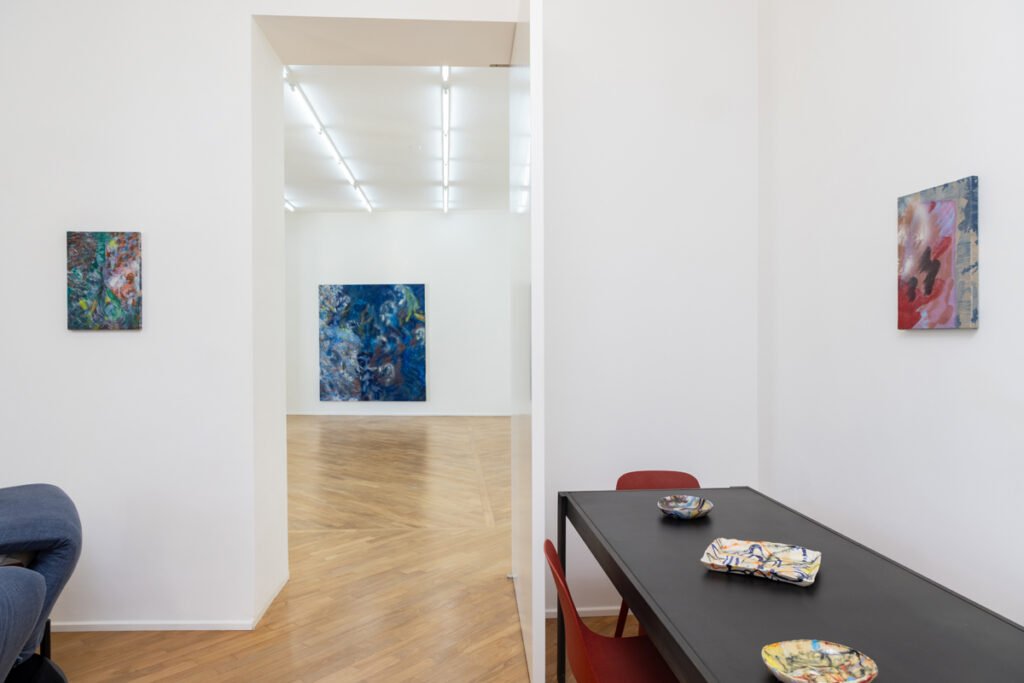
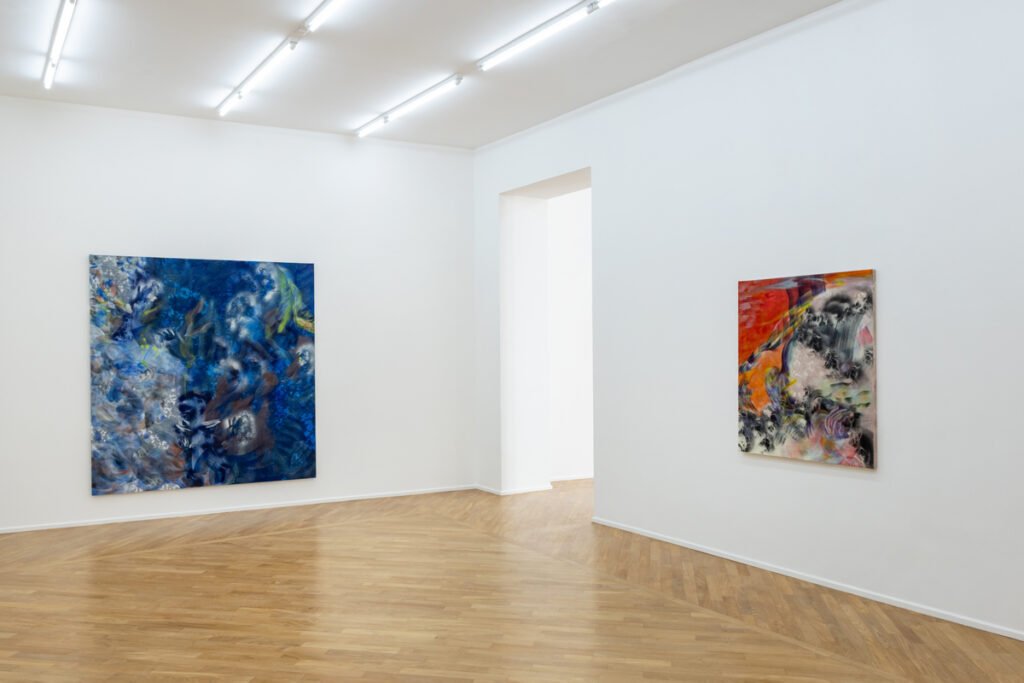
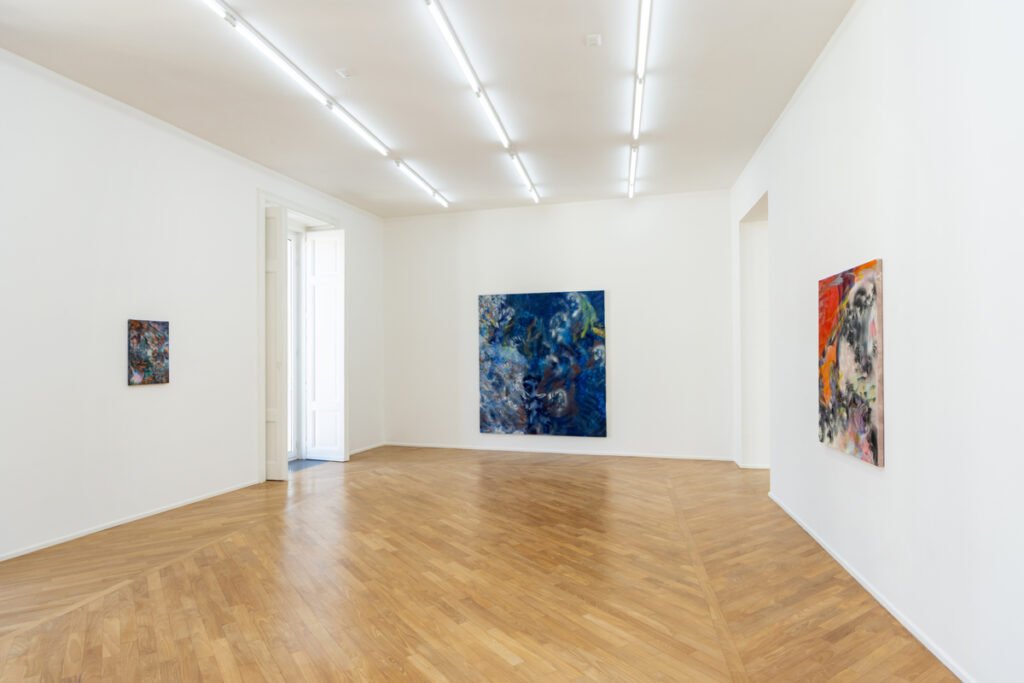
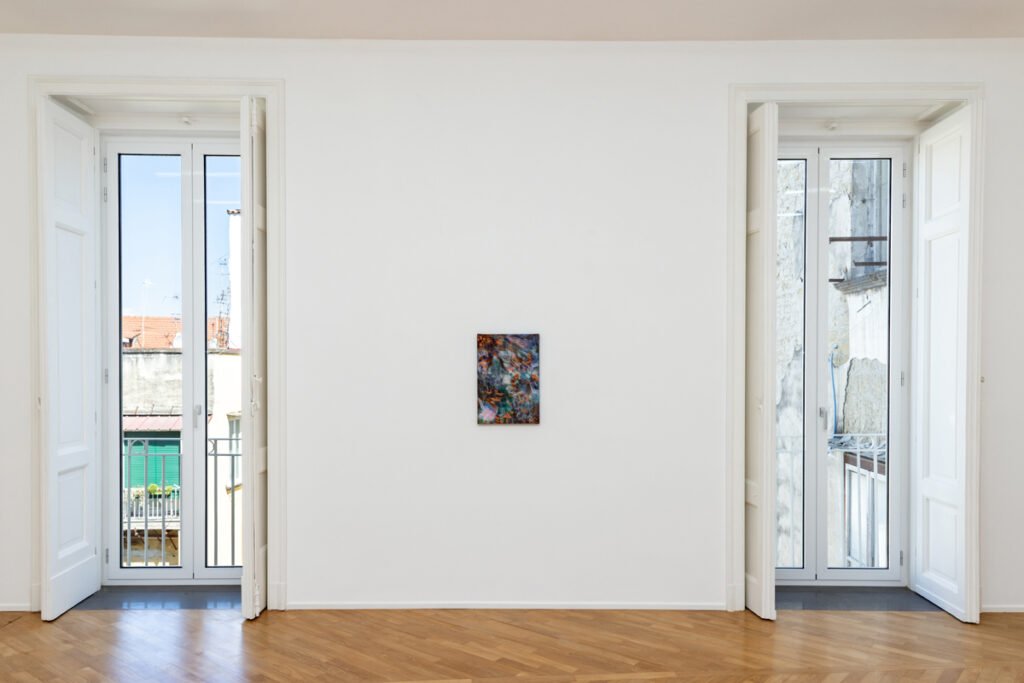
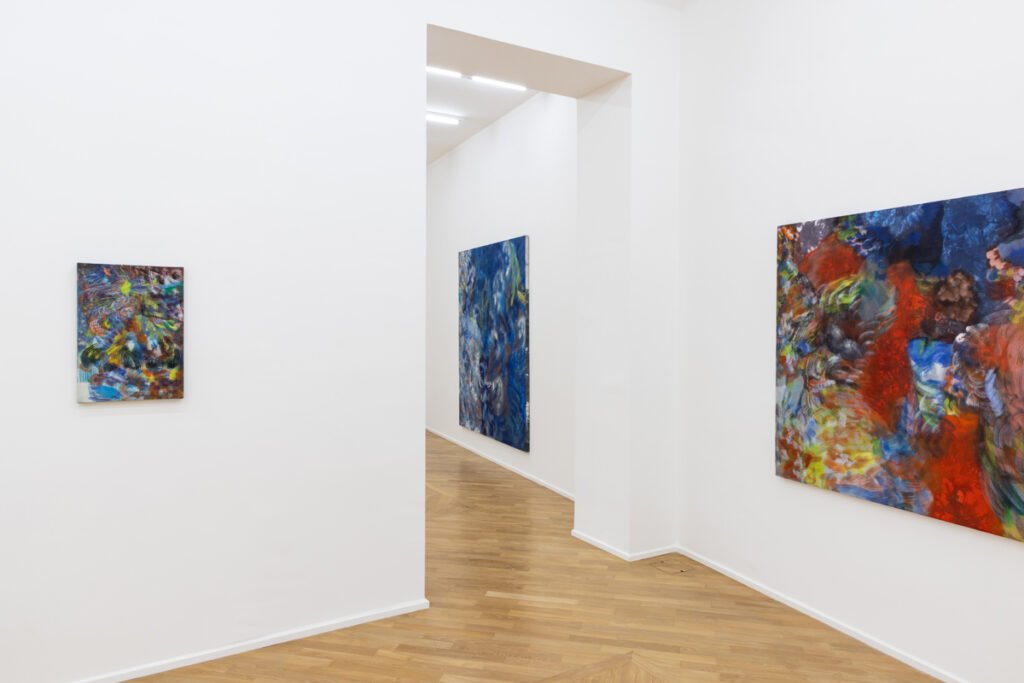
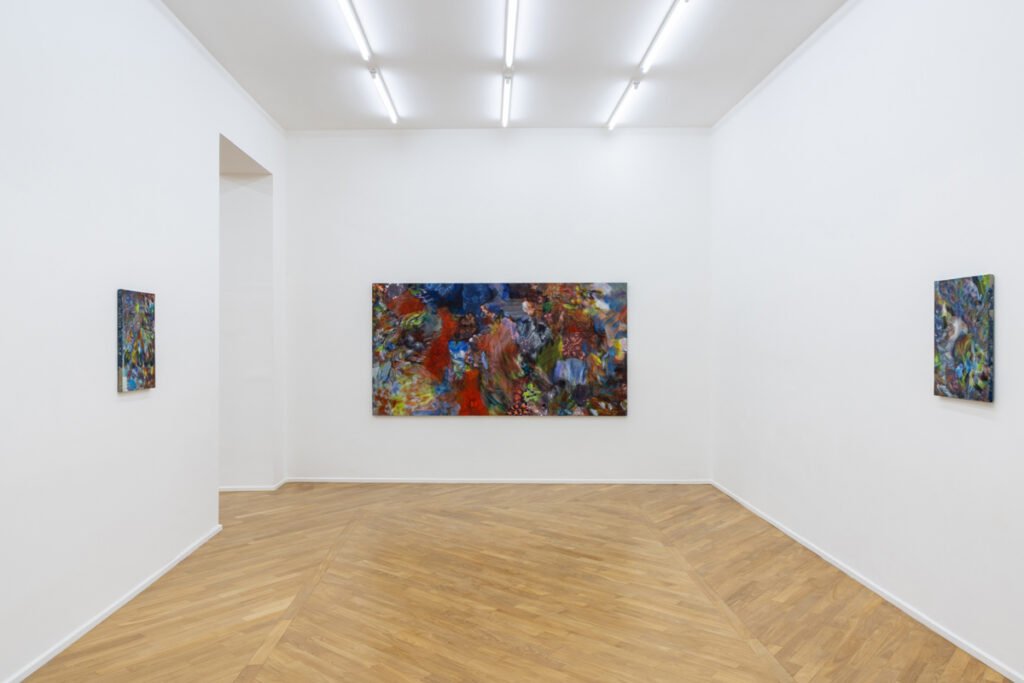
Galleria Umberto Di Marino is pleased to announce dragon vein, the fourth solo exhibition by Ana Manso and the first at its new location, Casa Di Marino, on Via Monte di Dio.
The Portuguese painter presents a recent cycle of works that mark a new chapter in her exploration of reality and memory, elements that repeat, overlap, and expand into the abstract gestures of her painting, seemingly losing their physical singularity at first glance, only to become part of a continuous flow.
Ana Manso’s work consistently challenges the limits of abstraction, experimenting with the perceptual threshold that separates it from figuration and, consequently, from the mental mechanism that reconnects it to form and light, be it objects, textures, or architectural motifs. The ambiguity in her work depends on the point of observation, on memory, on the paths within a labyrinth branching into a thousand directions, choices, and worlds. The exhibition title, dragon vein, references a fundamental principle of Feng Shui: “dragon veins” are invisible energy currents or trajectories that traverse the landscape, shaping it through subtle balances of fullness and emptiness. In Chinese geomantic tradition, these lines of force structure the natural world and determine the harmony among elements, just as Ana Manso paints in layers, creating compositions where energy is distributed without an immediately discernible logic, but rather perceived in its entirety, in its flow. If in ancient maps, Dragon Veins outlined territories imbued with meaning, in Manso’s works, every trace becomes an open possibility, a tension between form and dissolution, a labyrinth where space is built through time. Just as landscapes are shaped by unseen forces, Manso’s painting suggests real images without defining them, evoking architectures, shadows, and spatial fragments that dissolve into abstraction. From this flow emerge fleeting narratives, objects, moments, and memories layered simultaneously, rendering any attempt at linear interpretation ineffective, like in The Library of Babel.
Ana Manso engages with the challenge of reconstructing pictorial compositions through time, echoing the layered approach found in Wang Yuanqi’s (1642–1715) painting and the cunfa (皴法, texture strokes) technique. Her works unfold as stratified visions of memory—landscapes that do not physically exist—rather than “its fixed moment of observation.”
This “architectural” tension leads to a labyrinth where all possibilities coexist, where the undefined geometry of choices becomes inextricable, and every path leads to another without hierarchy or predetermination. Like an invisible city, like a garden of forking paths, space transforms into time, suggesting that the true structure is not the one immediately visible.


